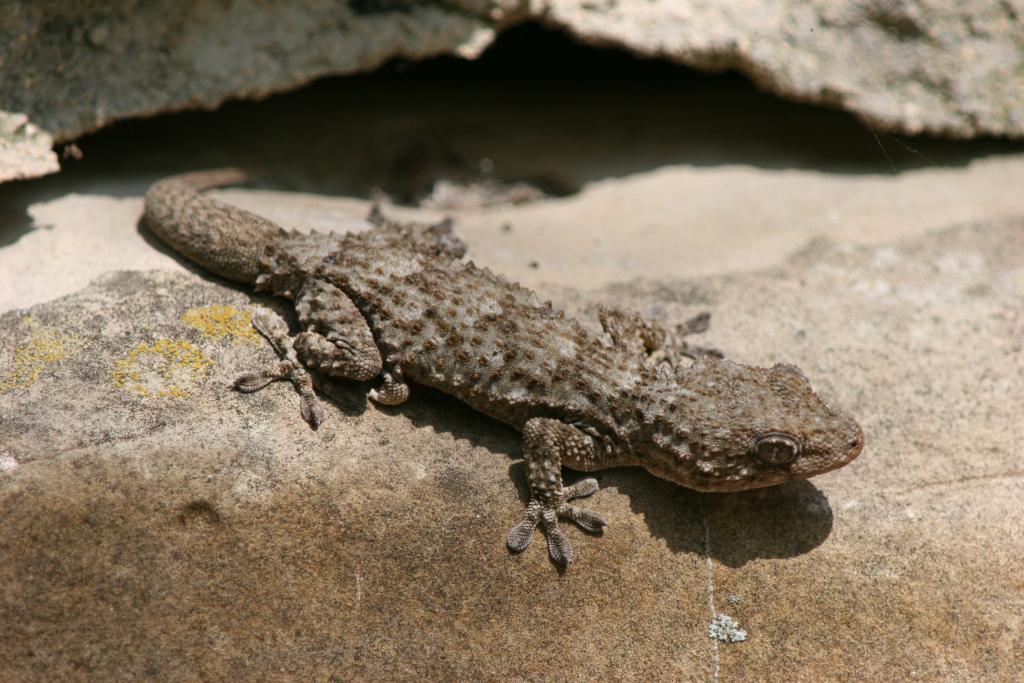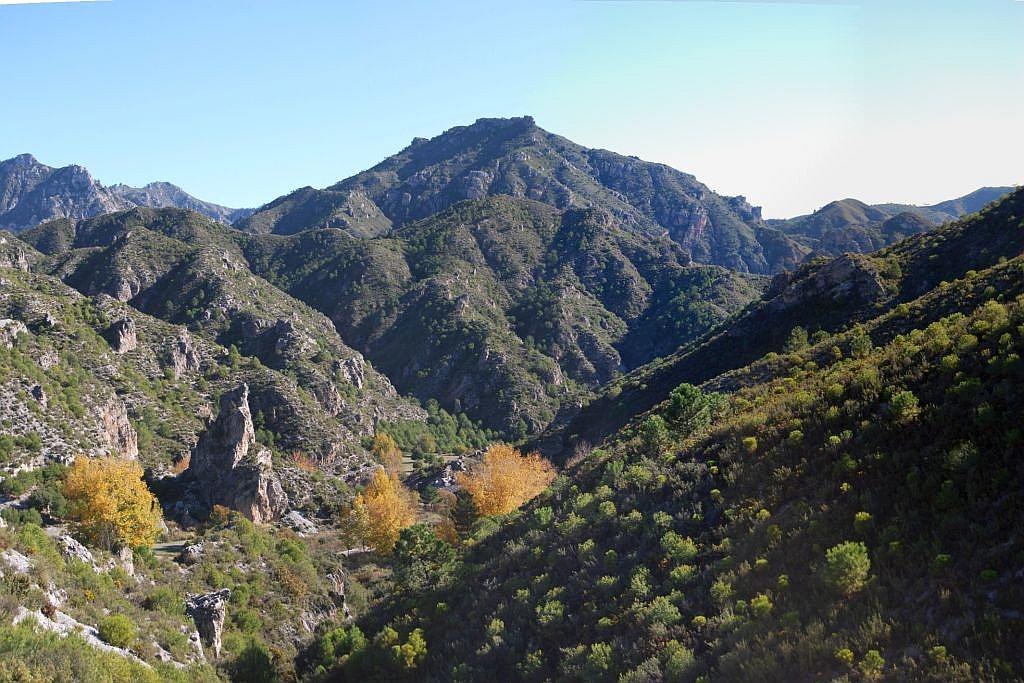The area of “La Axarquía” (pronounced “a shar key a”) lies in the south east corner of Malaga province where it borders with the province of Granada. The origin of the name “Axarquía” is Islamic, meaning “the territories to the east”.
Many villages are sprinkled throughout this wedge shaped area with the largest town being Velez-Malaga and arguably the most famous is Nerja, due to its stunning cave system. A man made reservoir, “Embalse de la Viñuela” lies near the centre of the open rolling hills of this irrigated agricultural area.
The cultivation of almonds, lemons, olives and grapes gives a feeling of tamed beauty to the land and the protected valleys are used to grow kiwi, cherimoya, avocado, peach, fig and mango fruit trees which thrive in the sub-tropical climate. Small amounts of sugar cane are still grown today, whereas traditionally it was a more important crop. There is a ruined 18th century sugar factory at Maro to which water was fed by the beautiful four story aqueduct called “Las Águilas”.
Find a hotel in the Axarquía
[booking_product_helper shortname=”sierras de tejeda almijara y alhama”]
The Axarquía area is steeped in history and prehistoric cave paintings can be admired in the well known and impressive Nerja caves. Another cave which holds details of the history of man can be found to the north of the area at Boquete de Zafarraya near Alcaucín. After the discovery of the cave in 1979, years of exploration and research have pieced together the lifestyle of the Neanderthal people who hunted and traveled through here. (The finds from this cave are still in stotage at Malaga museum awaiting display.)



